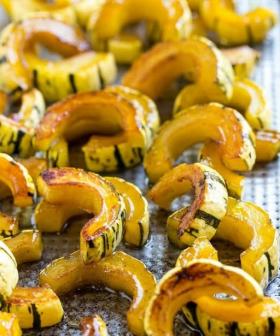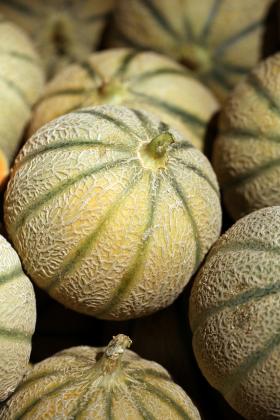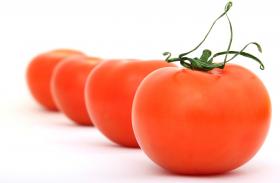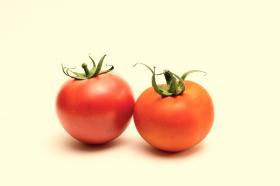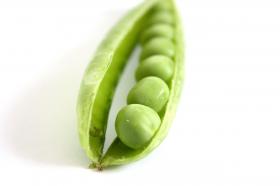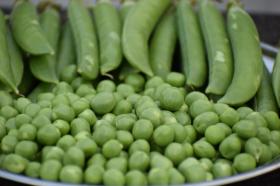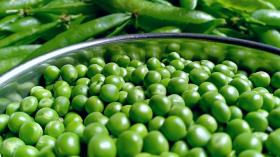
TURNIP - GOLDANA, organic seeds, heirloom
Brassica rapa L.
Medium early variety. Raw, cooked or pickled juicy roots are used for food. Holds well throughout the winter. A vegetable, which is not demanding in terms of soil. Planted as seedlings or sown directly into the soil.Golden turnips are heirloom varieties with European origins, just like the common turnip. The Golden turnip was first cultivated in France in the 1800's.
Fast-growing yellow turnip for spring and summer sowing. It’s tasty and productive.
Growing swedes, also known as rutabagas, can be a rewarding experience. Here's a general guide to help you grow swedes successfully:
1. Choosing the Right Variety:
- Select a swede variety suitable for your climate and growing season. Some popular varieties include Laurentian, Joan, and American Purple Top.
2. Soil Preparation:
- Swedes prefer well-drained, fertile soil. Work in plenty of organic matter, such as compost, to improve soil structure and fertility.
- Aim for a soil pH between 6.0 and 7.5.
3. Planting:
- Swedes are typically grown from seeds. Direct sow the seeds in the garden in early spring or late summer, depending on your climate. Plant the seeds about half an inch deep.
- Space the seeds or seedlings according to the instructions on the seed packet, usually around 6-12 inches apart.
4. Sunlight and Water:
- Swedes require full sun to partial shade. Ensure they receive at least 6 hours of sunlight each day.
- Keep the soil consistently moist, especially during the germination and root development stages. However, avoid waterlogged conditions.
5. Fertilization:
- Swedes benefit from a balanced fertilizer. Apply a general-purpose fertilizer according to the manufacturer's recommendations, usually when the plants are established and during the early stages of growth.
6. Mulching:
- Mulch around the plants to retain moisture, suppress weeds, and regulate soil temperature.
7. Thinning:
- Once the seedlings are a few inches tall, thin them out to the recommended spacing on the seed packet. This ensures proper development and avoids overcrowding.
8. Pest and Disease Management:
- Keep an eye out for pests like aphids and cabbage worms. Use organic or chemical controls as necessary.
- Practice crop rotation to minimize the risk of soil-borne diseases.
9. Harvesting:
- Swedes are ready for harvest when they reach a decent size, usually around 90 to 120 days after planting. The roots should be firm and have a good color.
- Harvest by gently pulling or digging up the swedes, being careful not to damage them.
10. Storage:
- Store harvested swedes in a cool, dark place with good ventilation. They can last for several weeks to a few months, depending on storage conditions.
Remember to adapt these guidelines to your specific growing conditions and the recommendations on the seed packet. Happy growing!
Packet 500 seeds

